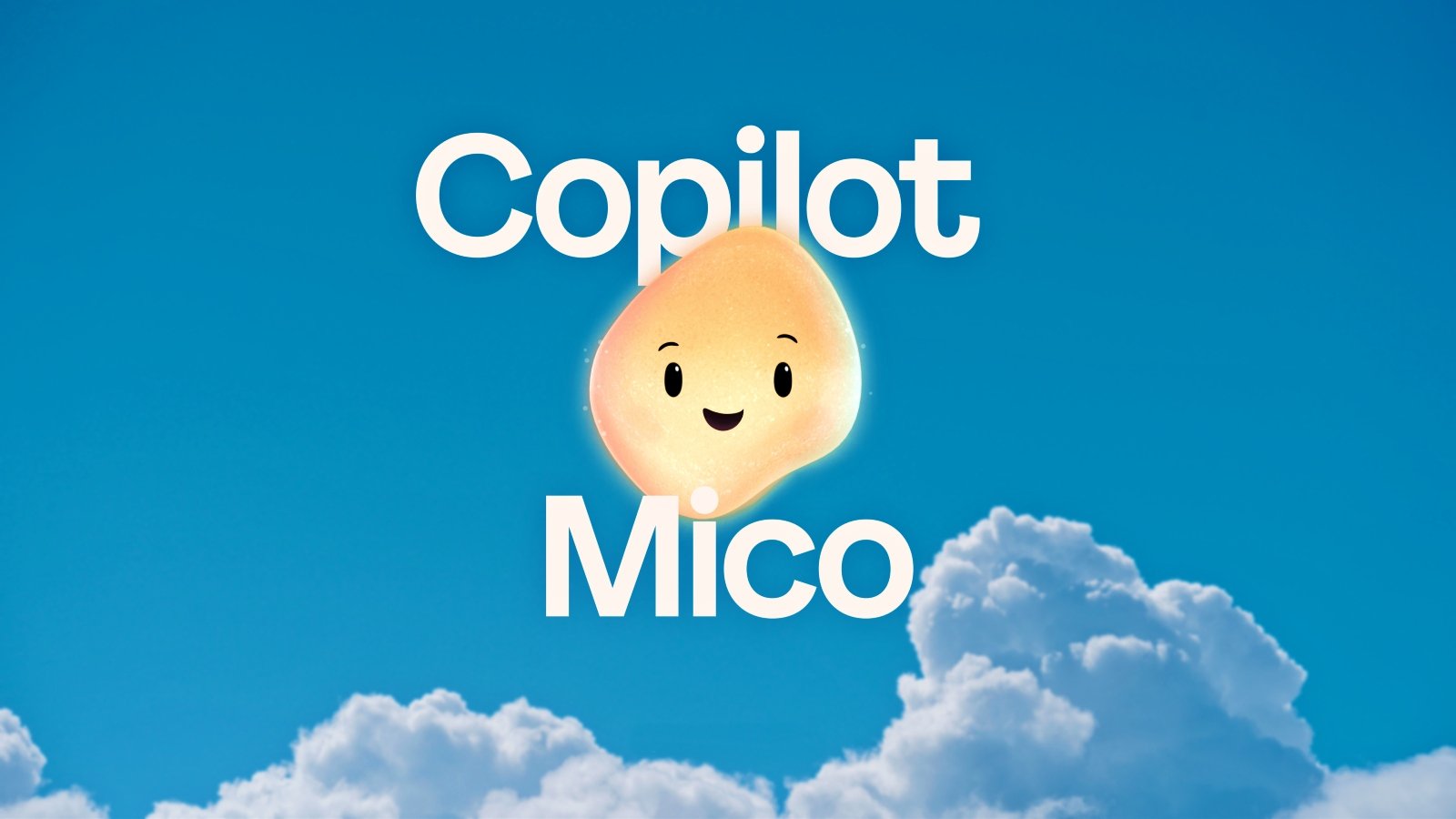Microsoft Introduces Mico Avatar for Copilot After OpenAI's Atlas Launch
Microsoft unveils Mico avatar for Copilot, enhancing AI interactions with expressive features and group collaboration, following OpenAI's Atlas launch.

Microsoft Introduces Mico Avatar for Copilot After OpenAI's Atlas Launch
Just two days after OpenAI launched its Atlas AI browser assistant, Microsoft has unveiled a major update to its Copilot, featuring an expressive avatar named Mico, advanced group collaboration, and a focus on "human-centered" AI experiences. This development marks a new phase in the AI browser competition between Microsoft and OpenAI, who are both partners and rivals in this space.
Background: The AI Browser Race
OpenAI’s Atlas set a new standard for AI-powered web browsing with its conversational interface that understands context and integrates with web content. Microsoft, leveraging its partnership with OpenAI, quickly responded by expanding Copilot, transforming it into a companion with a face, name, and personality.
Copilot, now integrated into Microsoft Edge, is evolving into an "AI browser"—an intelligent assistant that connects users to information and each other. The introduction of Mico aims to make AI interactions warmer and more intuitive, especially for voice users.
Key Features: Mico, Group Chats, and More
Mico: The Expressive AI Avatar
Mico is an abstract, blob-like avatar that appears during voice interactions with Copilot. It reacts in real-time to conversations, changing shape, color, and expressions to mirror the dialogue. Mico is designed to make voice interactions more natural and engaging, with the option to disable it for a minimalist interface. Repeated taps on Mico can transform it into a nostalgic nod to Microsoft’s Clippy.
Group Collaboration
Copilot’s new group chat mode supports up to 32 participants for brainstorming, co-writing, planning, and studying together. Copilot acts as a moderator, summarizing threads, proposing options, and splitting tasks, enhancing productivity for teams and classrooms.
Human-Centered AI
Microsoft’s vision for this release is "human-centered AI"—technology that deepens connections rather than isolates users. The update includes 12 new features focused on personalization and integration with daily life, supporting organization, health, and wellness.
Technology and User Experience
Under the hood, Copilot utilizes Microsoft’s advances in natural language understanding and real-time collaboration. The integration with Edge ensures Copilot is always accessible. The addition of Mico and group features reflects a trend toward making AI assistants more socially aware.
Industry Impact and Competitive Landscape
The launches of Atlas and the new Copilot highlight the intensifying competition in AI browser assistants. Microsoft’s visual identity and group collaboration tools may appeal to users valuing emotional resonance, while OpenAI focuses on language models and web integration.
Context and Implications
The introduction of Mico and group features in Copilot is more than a product update—it’s a statement about the future of human-computer interaction. By making AI more expressive and social, Microsoft addresses critiques of digital assistants' lack of warmth. The optional nature of Mico balances novelty with practicality.
For businesses and educators, the group collaboration features could transform teamwork, offering an AI-moderated space for ideation. For individual users, the emphasis on health and personal connection suggests AI is becoming a holistic life assistant.
Conclusion
Microsoft’s rapid response to OpenAI’s Atlas with Mico and advanced group features in Copilot marks a significant moment in AI browser evolution. By combining expressive avatars, real-time collaboration, and a focus on human connection, Microsoft is redefining AI interaction, making it more personal and integral to daily life. As the AI browser wars heat up, users stand to benefit from richer, more intuitive digital experiences.



